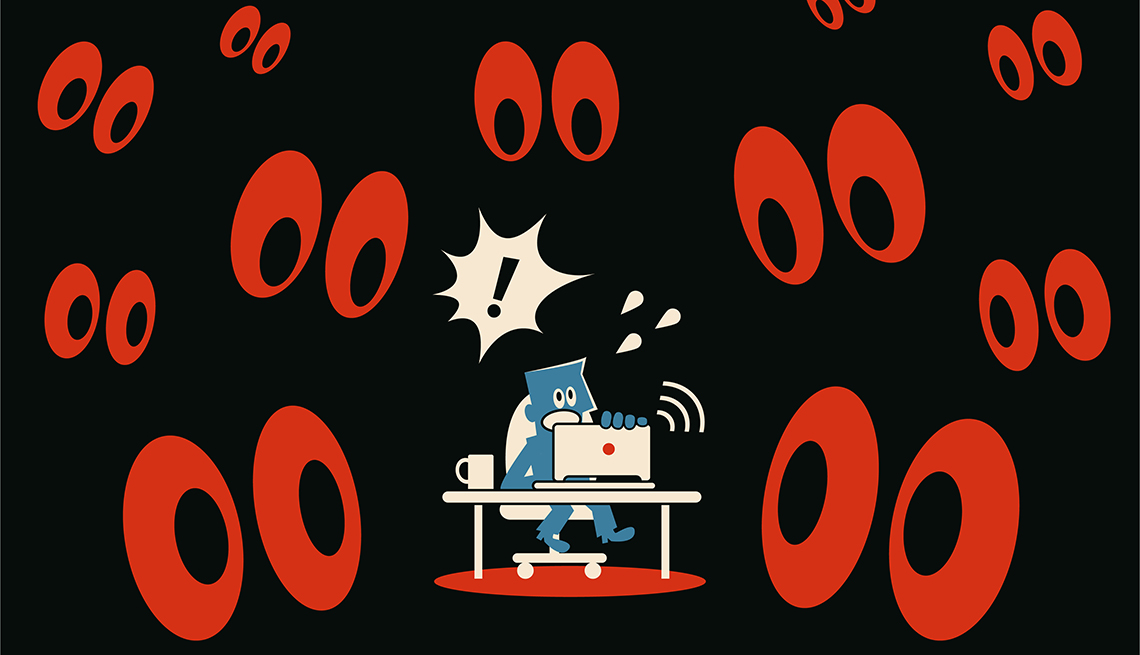
How private web browsing differs from going incognito
- Select a language for the TTS:
- UK English Female
- UK English Male
- US English Female
- US English Male
- Australian Female
- Australian Male
- Language selected: (auto detect) - EN
Play all audios:

5 TIPS TO REMAIN PRIVATE 1. AVOID PUBLIC WI-FI HOTSPOTS in places such as airport lounges, coffee shops or hotel lobbies. You never know if your information is being tracked and logged, so
wait until you get home. If you can’t wait, use your smartphone as a personal hotspot, but be aware it requires a data plan. 2. WHEN YOU INSTALL AN APP on an Apple device such as an iPhone,
tap to agree not to let apps track your whereabouts online. This reduces an app's visibility into your web browsing and app activity. If you allow tracking, sites such as Facebook could
know where you recently searched, like visiting a home improvement store site for power tools. This increases the odds of your seeing Facebook ads tied to power tools in the future. 3. USE
A STRONG PASSWORD for all your accounts, at least eight characters and a combination of letters, numbers and symbols plus upper- and lowercase letters. Never use the same password for all
online activity. Better yet, install a password manager. And opt for two-factor authentication, also called multifactor authentication, which requires a password and one-time code typically
sent to your mobile device. 4. MAKE SURE YOU HAVE GOOD ANTIVIRUS SOFTWARE to stop threats. Turn on automatic updates for your devices, web browsers and third-party add-ons. They warn you of
suspicious websites you may find yourself in. 5. OPT FOR A SCREEN GUARD, also known as a privacy screen, if you frequently use your laptop outside the house. You’ll need to find one that
fits your screen perfectly, such as a 15-inch screen with 16:9 aspect ratio, and learn to look straight at the laptop to see words and images. For everyone else, like the guy in the seat
next to you on a plane, the screen looks as if the computer is turned off.
